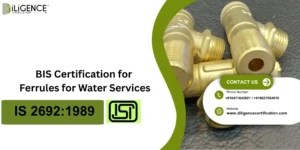



End-to-end certification and regulatory compliance for Indian and global markets.
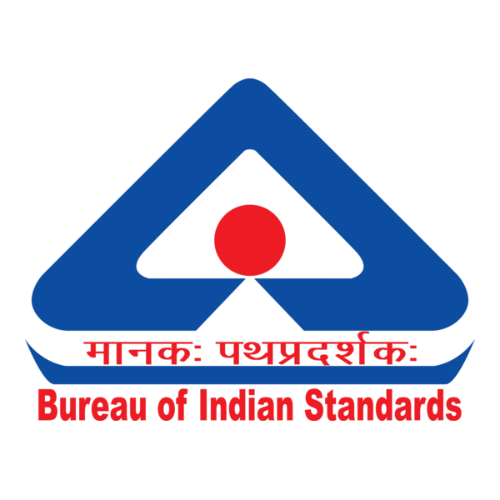 BIS Certification
BIS Certification
 CDSCO
CDSCO
 CPCB
CPCB
 LMPC
LMPC
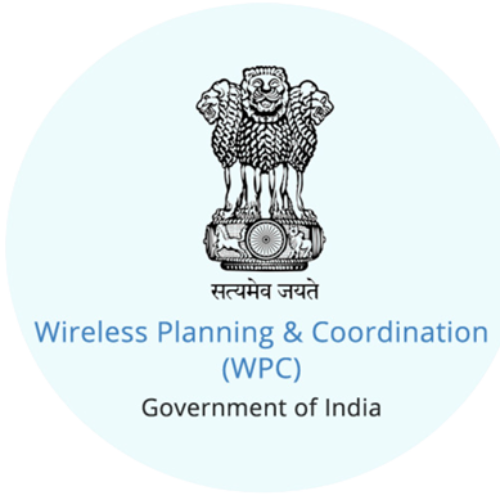 WPC Approval
WPC Approval
 Global Approvals
Global Approvals
 TEC
TEC
 ARAI
ARAI
 BEE
BEE
 ISO Certification
ISO Certification
 Drone Registration
Drone Registration
 NOC For Steel
NOC For Steel




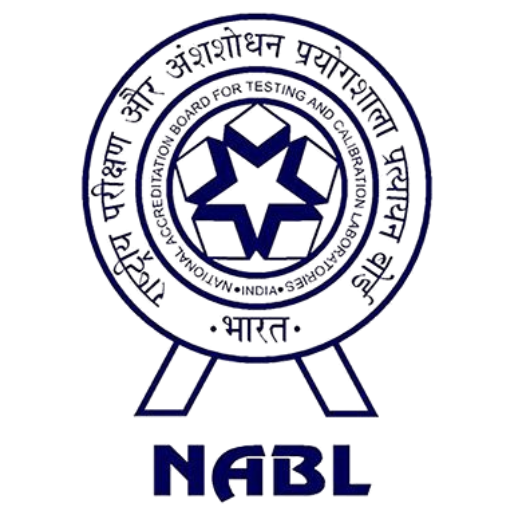
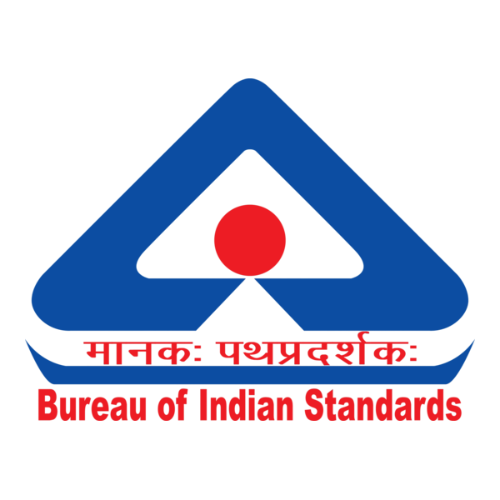

























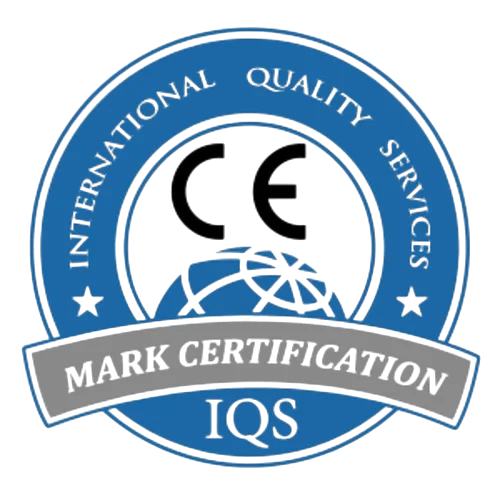






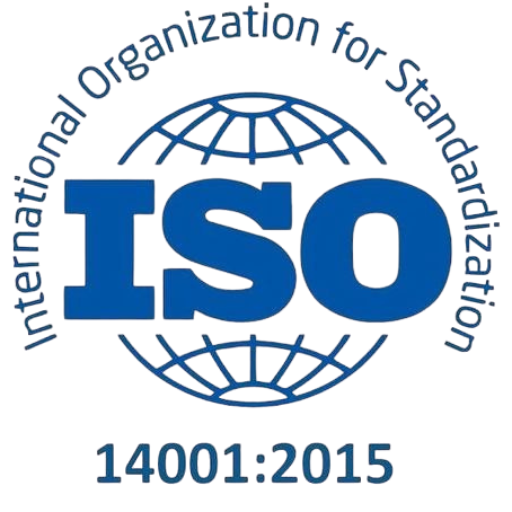
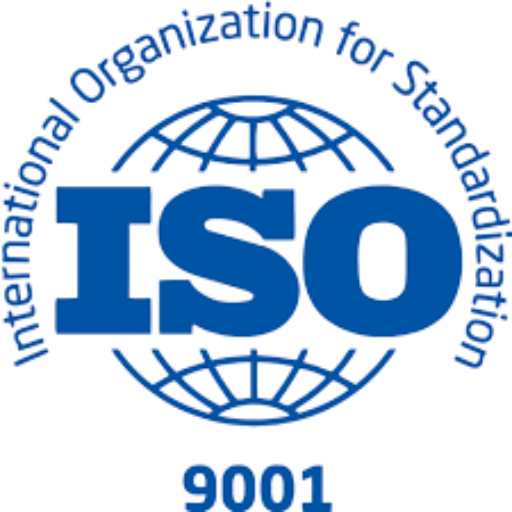
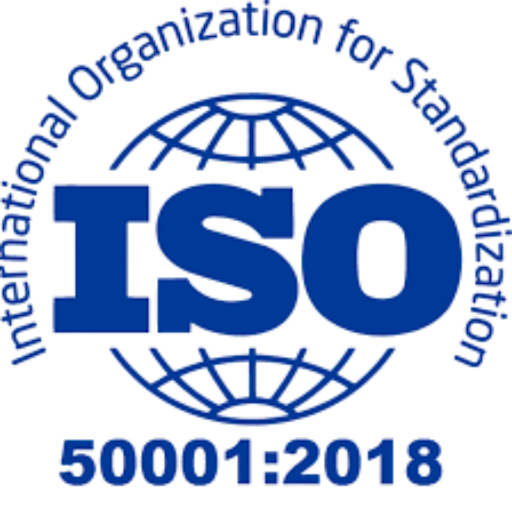

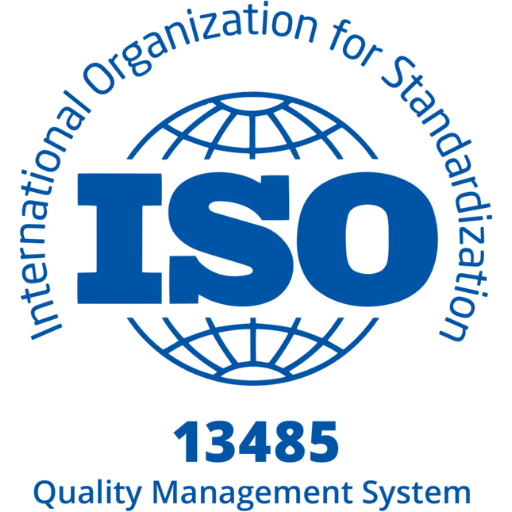

Apart from product certification, BIS is responsible for framing Indian Standards, conducting laboratory testing, and ensuring consumer protection.
Some items must be certified before they get released mysteriously made for select goods like cables, switches, cement, gas cylinders, etc.
It ensures electronic products conform to Indian Standards (IS).Covers 70+ products including laptops, phones, adapters, TVs, and batteries.
Hallmarking Certification is mandatory in India for gold and silver jewellery.The BIS 916 Hallmark confirms 22K gold purity.Silver Hallmarking is compulsory for certain grades like BIS 925.
FMCS Mark Certification is a BIS-led approval process that enables foreign manufacturers to sell regulated products in the Indian market.
It helps manufacturers build trust and create a compliance framework. It also markets to eco-conscious consumers.This guide will detail eligibility, provide information on the application procedure, and outline benefits of certification to ISO 14024.
It is governed by NABL under the Quality Council of India (QCI).Accreditation enhances trust among regulators, industries, and global partners.
The World Manufacturer Identity (WMI) is a globally recognized code used to identify vehicle manufacturers. WMI registration ensures traceability, compliance, and global brand recognition for automotive makers.
Stay ahead of regulatory changes with BIS Scheme X Certification. Now extended to September 1, 2026, under the omnibus technical regulation order 2024. Get complete certification support from Diligence Certification.
Get full assistance for CDSCO registration, medical device import licenses, and cosmetic import licenses with Diligence Certifications. Our expert guidance and comprehensive support ensure your compliance, helping you gain a competitive edge in the market. Your satisfaction is our commitment!
Diligence Certifications is a top-tier name in drug licensing and provides topmost service and knowledge support to all sizes of pharmaceutical companies. Our seasoned team understands the global regulations and has seen several success stories.
Having trouble securing Cosmetic License certification in India? Let our ISI certification experts assist you in achieving it and boosting your credibility!
Need assistance in Battery Waste Certification? Our experts guide you through every step to ensure smooth and compliant processing.
Diligence Certifications help businesses go a long way in environmental compliance matters through their management of plastic waste compliance. It rallies your commitment to reducing environmental impacts, increasing your recycling, driving circular economies and, hence, building credibility with consumers as citizens of a wider world contending against plastic pollution with angels and regulators.
End-to-end certification and regulatory compliance for Indian and global markets.
 Business Registration
Business Registration







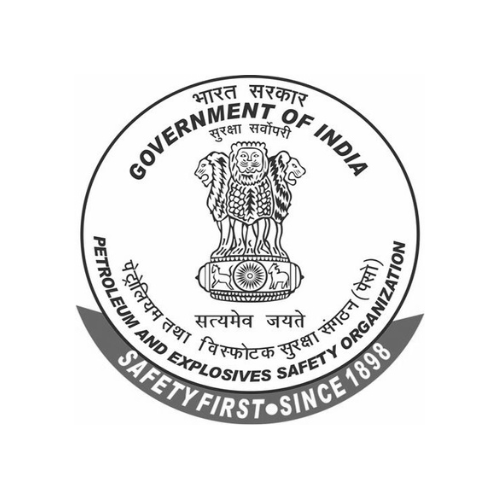







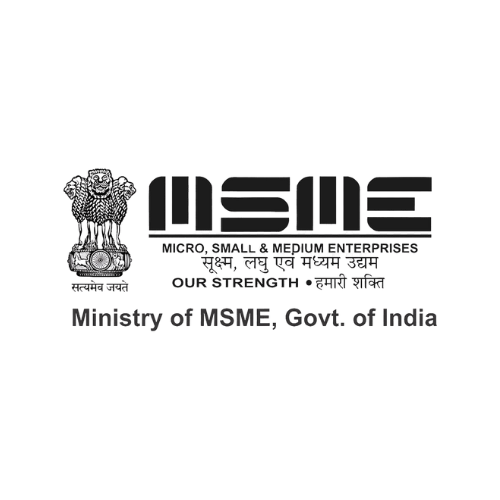


End-to-end certification and regulatory compliance for Indian and global markets.
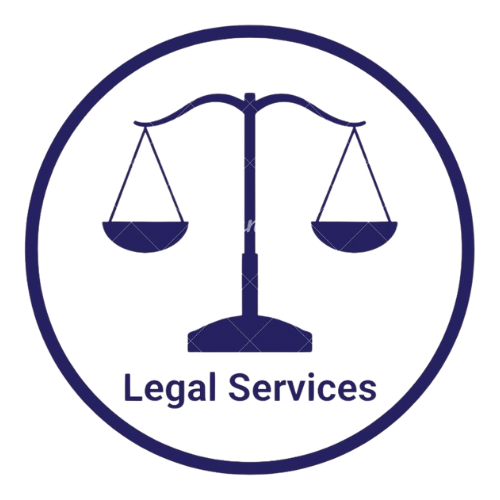 Legal Services
Legal Services






































When Suyash Engineering Pvt. Ltd., a mid-sized machinery parts supplier in Pune, delivered ₹48 lakh worth of precision gear assemblies to a large automotive manufacturer, they expected timely payment.
The purchase order was clear, quality checks flawless, and deadlines met.
Yet 90 days after the due date, the payment was still “under processing” according to the debtor’s accounts team. Calls went unanswered, reminder emails piled up, and the finance manager avoided meetings altogether.
At that point, Suyash Engineering’s legal counsel suggested sending a Section 8-Demand Notice under the Insolvency and Bankruptcy Code of 2016, which is a demand notice to the corporate debtor to clear their dues or face process at the National Company Law Tribunal (NCLT).
For the creditor, this was not just a delivery of yet another reminder; it was initiating a process to invoke statutory legal rights as an operational creditor through Rule 5 of the Insolvency and Bankruptcy (Application to Adjudicating Authority) Rules, 2016.
In Indian insolvency law, a Section 8- Demand Notice is more than a letter — it is a statutory trigger.
It is a word-for-word replica of Section 8 of the Insolvency and Bankruptcy Code, 2016 and Rule 5 of the Insolvency and Bankruptcy (Application to Adjudicating Authority) Rules, 2016.
In essence: If you are an operational creditor (supplier of goods or services) and there is a corporate debtor (company) that fails to pay you, you must first serve a Section 8- Demand Notice and that notice must be served prior to you taking them to the National Company Law Tribunal (NCLT).
It is a compulsory pre-litigation step. If you do not serve that notice, your insolvency petition will be rejected at the filing stage.
A demand notice as envisaged by Section 8 of the insolvency and bankruptcy code, 2016 is a written communication issued by an operational creditor to a corporate debtor, demanding payment of an unpaid operational debt or an operational debt where default has occurred. The demand notice gives the corporate debtor ten days to pay turnover debt. Additionally, a copy of the demand notice served on the corporate debtor must also be forwarded to the relevant adjudicating authority for record.
In Insolvency and Bankruptcy Code, 2016 (IBC) Section 5(20), an operational creditor means the person to whom an operational debt is owed by a corporate debtor that includes a person to whom the operational debt is owed and has either been assigned or transferred in accordance with the law.
Section 5(21) defines operational debt as a claim in respect of:
Examples of operational creditors include:
Government authorities owed statutory dues such as GST, PF, or ESI.
Examples:
The difference:
Financial debt comes from borrowing or financing arrangements.
Under Section 3(8) of the IBC, a corporate debtor is any corporate person—company or LLP—that owes a debt to one or more creditors.
It may owe:
If a corporate debtor fails to repay, creditors may initiate corporate insolvency resolution or liquidation proceedings under the IBC.
When we guide clients through Section 8- Demand Notice drafting, the process is never just about filling a template — it’s about meeting every legal tick box so the NCLT can’t reject your application.
Client Tip: A supplier lost their NCLT case because WhatsApp messages about “product defects” before due date were treated as a dispute.
Debtor can:
If unresolved, file with NCLT jurisdiction over debtor’s registered office.
Analogy: The notice is like a cricket team’s LBW signal — not the wicket, but the green light for the umpire to hear your appeal.
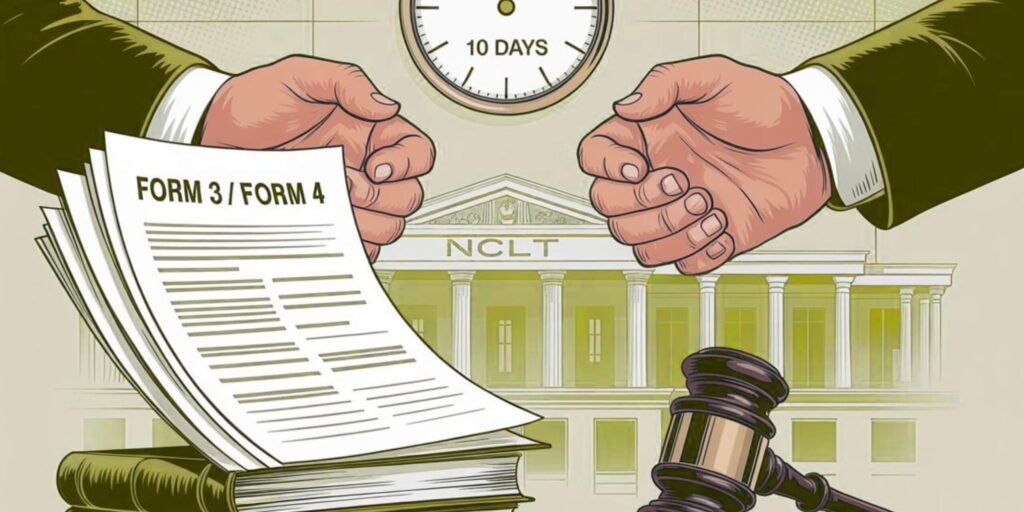
Case Example: In Macquarie Bank Ltd. v. Shilpi Cable Technologies Ltd., the Supreme Court held that notice issued by an advocate on behalf of the creditor is valid — but only if compliant with IBC rules.
In India’s fast-moving corporate credit landscape, a Section 8- Demand Notice is not just a compliance requirement — it’s a strategic tool.
Done right, it can push reluctant debtors into swift payment, protect your legal standing, and prepare you for NCLT proceedings if needed.
If you’re owed operational dues, don’t let procedural mistakes dilute your position.
Get the drafting, service, and evidence right the first time. At Diligence Certifications, we’ve seen even long-pending debts turn into quick recoveries with a well-executed notice.






















A statutory notice under Section 8 of IBC 2016 issued by an operational creditor to a corporate debtor for unpaid operational debt, giving 10 days to respond before NCLT action.
Any operational creditor or their authorised lawyer can issue it in Form 3 or Form 4, following IBC rules.
Yes. Without it, your Section 9 application will be rejected.
Yes, per Supreme Court ruling, provided it follows Rule 5 requirements.
If dispute is valid and predates notice, NCLT will not admit the insolvency petition.
Email is valid if sent to a whole-time director or authorised officer, but postal proof is still advised.
The creditor can file a Section 9 application before NCLT with proof of non-payment.
Yes. As of current law, the default threshold is ₹1 crore for corporate insolvency.
Yes, by mutual settlement before NCLT admission
Forms are in the Insolvency and Bankruptcy (Application to Adjudicating Authority) Rules, 2016, downloadable from IBBI’s website.

